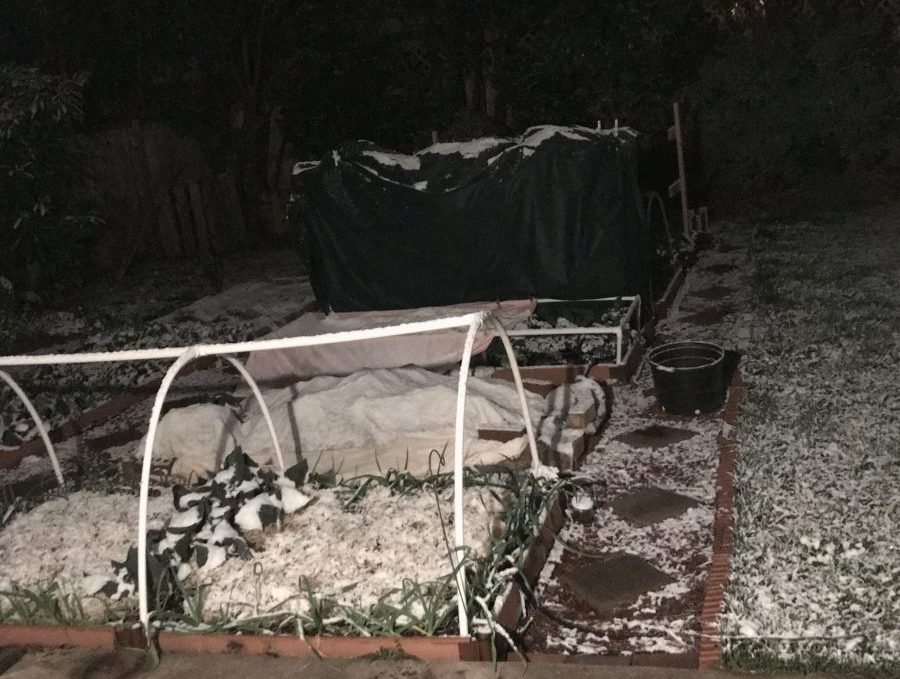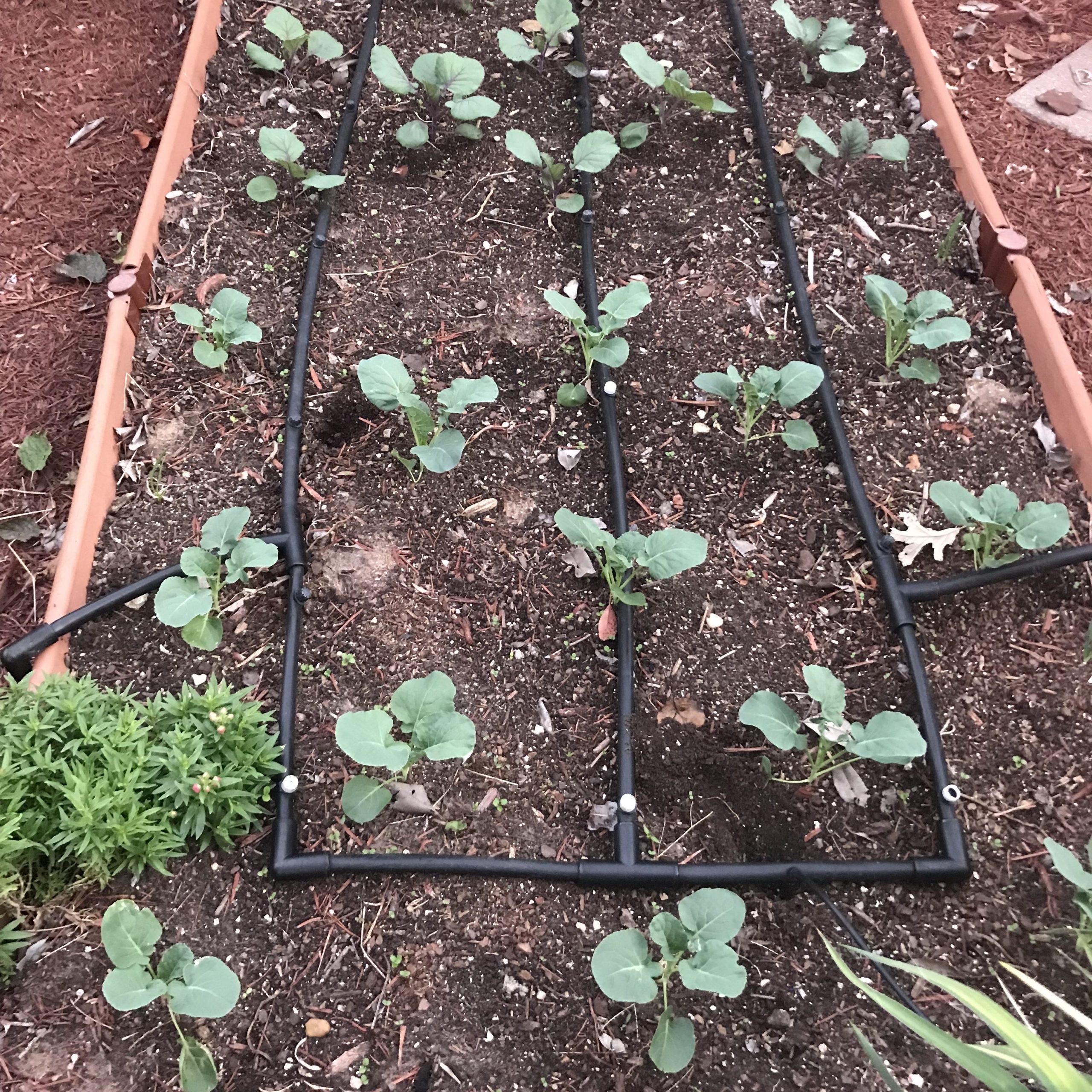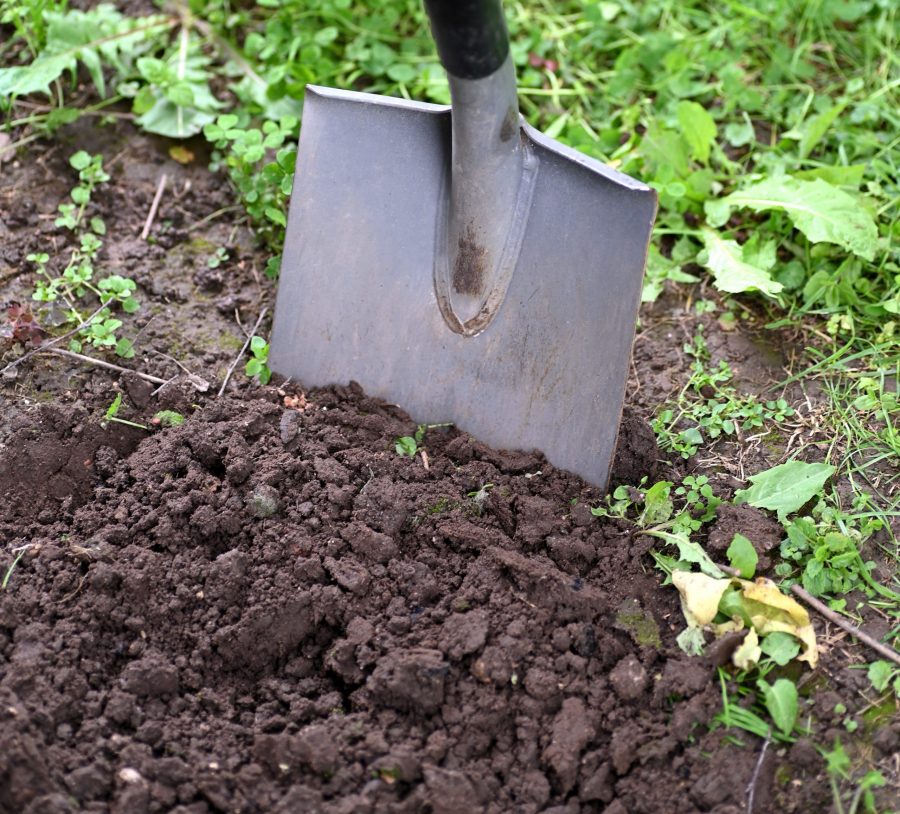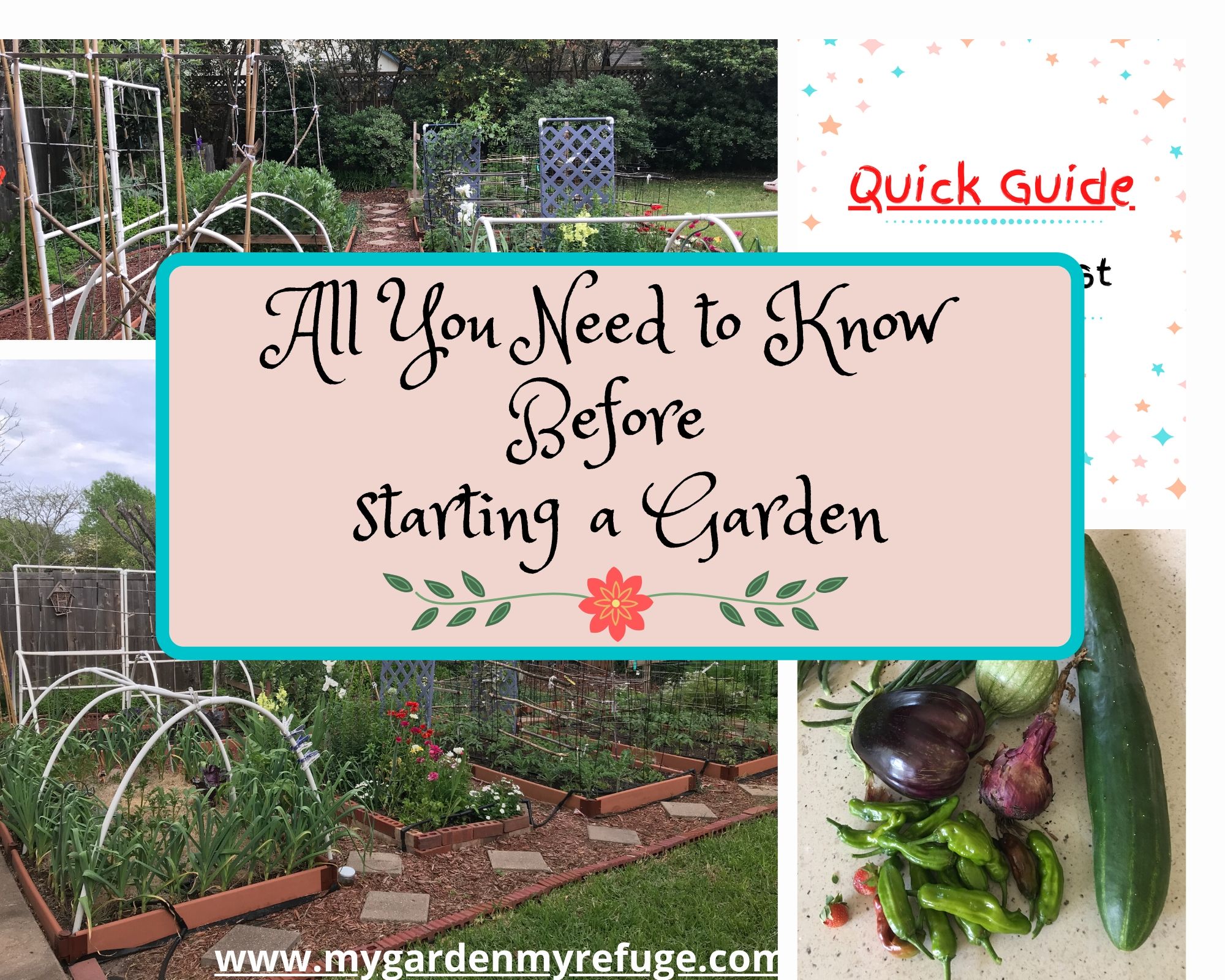During the cool season, Central Texas gardeners are in the “Set” mode, ready to protect their gardens from any sudden freezing situations. These seven practices help protect your Southern winter garden.
The cool season garden is the most rewarding in Central Texas despite its crazy weather pattern. You can transition from the high seventies to the thirties in hours. Unfortunately, February is the most dangerous month for the garden. The warm days can fool many gardeners into planting string crops, only to be surprised by a hard freeze.
When Should You Protect Your Garden From Cold Weather?
The good news is that most winter crops enjoy the cold weather. Brassicas and most root crops withstand frost well, and it may even make them taste better. However, some plants need protection from frost, such as delicate flowers, parsley, peas, cilantro, potatoes, and lettuce.
Hard freeze and sleet are the main winter danger in Central Texas. When the forecast calls for prolonged freezing temperatures, take proper precautions to protect your garden.
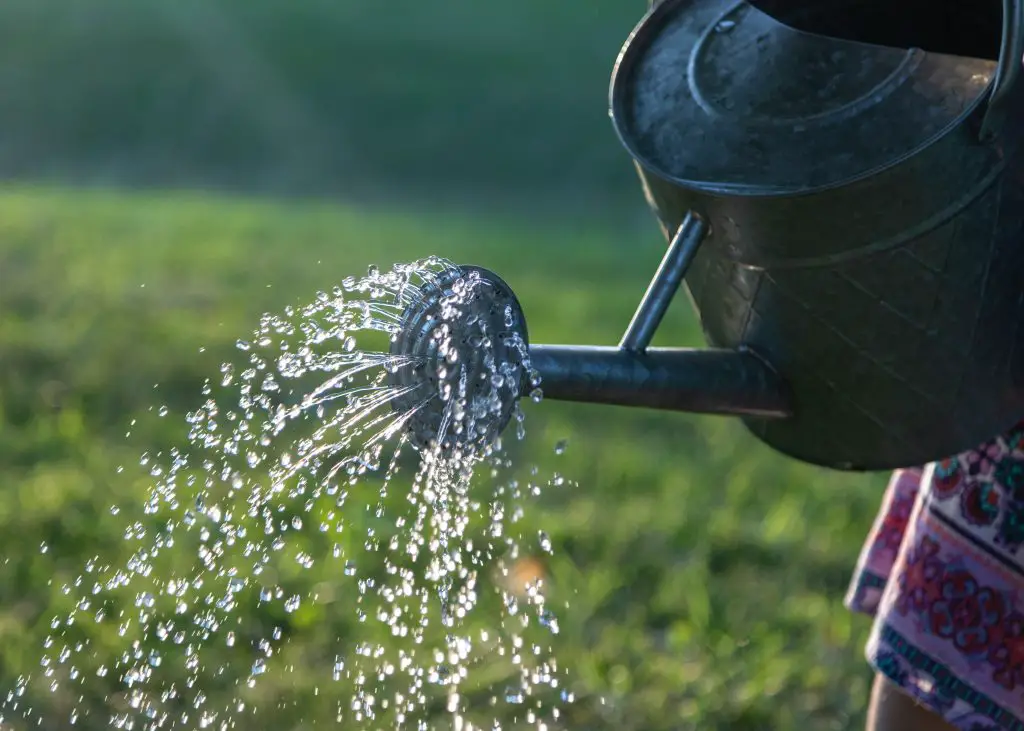
1. Water deeply
Deep watering is vital before a severe cold snap hits, especially during a drought. The water will saturate soil particles, which would allow them to retain more heat. In addition, water will create a protective layer around the plant cell tissue when frozen. And this applies to dormant, evergreen, and vegetable plants.

2. Use low tunnels
One of the easiest ways to protect the vegetable garden during a hard freeze is using low tunnels. The idea is to create a support system in the form of hoops on top of which you would put a row cover.
There are wire hoops designed for this purpose, but you can also use eight-feet long 3/4 inch PVC pipes.
- Hammer in an 18 inches long R-bar on each side of the vegetable bed.
- Slide in one side of the pipe on one R-bar, then slide the other side through the second R-bar, creating a hoop.
- Set a hoop every four feet of the grow bed.
- Then place a cover over it.
- Use clamps to hold it in place.
For the cover, the options are widely varied. Local nurseries usually sell White row cover by the yard, and they have it in different thickness options. Try to avoid the thinnest one, as it won’t do much. On the other hand, big bucks stores sell them prepackaged in different lengths and shapes. Most of them are thick, durable, and come in a dark green color.
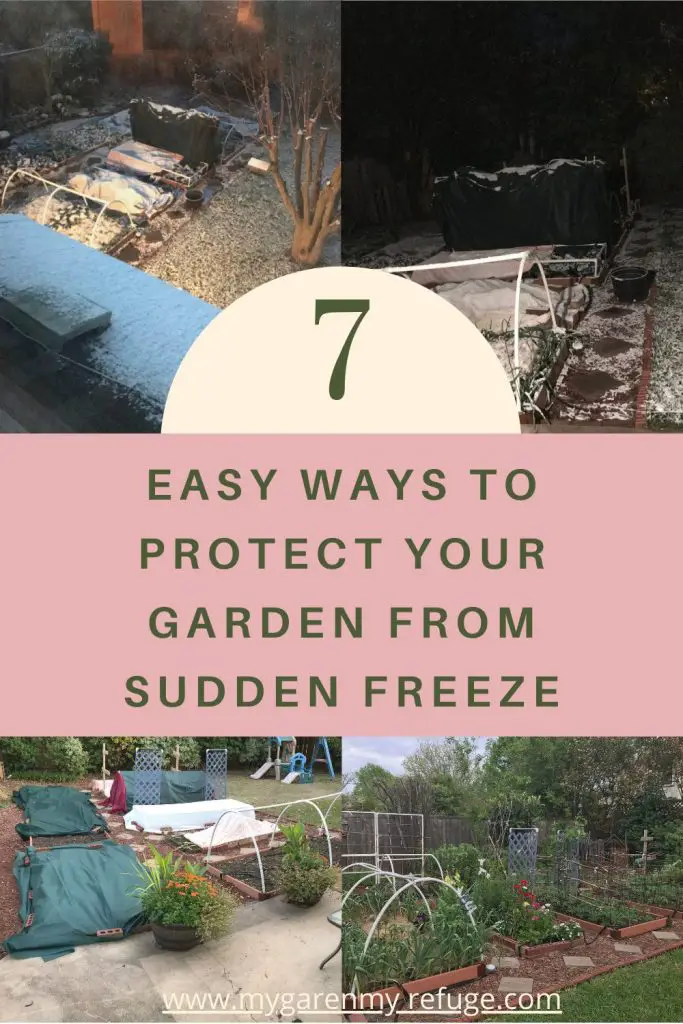
Choose light-colored row covers that allow some sunlight to reach the plants during extended cold snaps. Conversely, the dark-colored fabric will deprive the plants of some beneficial sunlight.
You may also use a plastic cover, which is another option, but it should be the last one to consider. First, plastic is impermeable, so it will block any rain from watering the garden if the cold weather lasts for a few days. Second, you risk burning your crops if you can’t get to the garden soon enough to uncover them after the freeze.
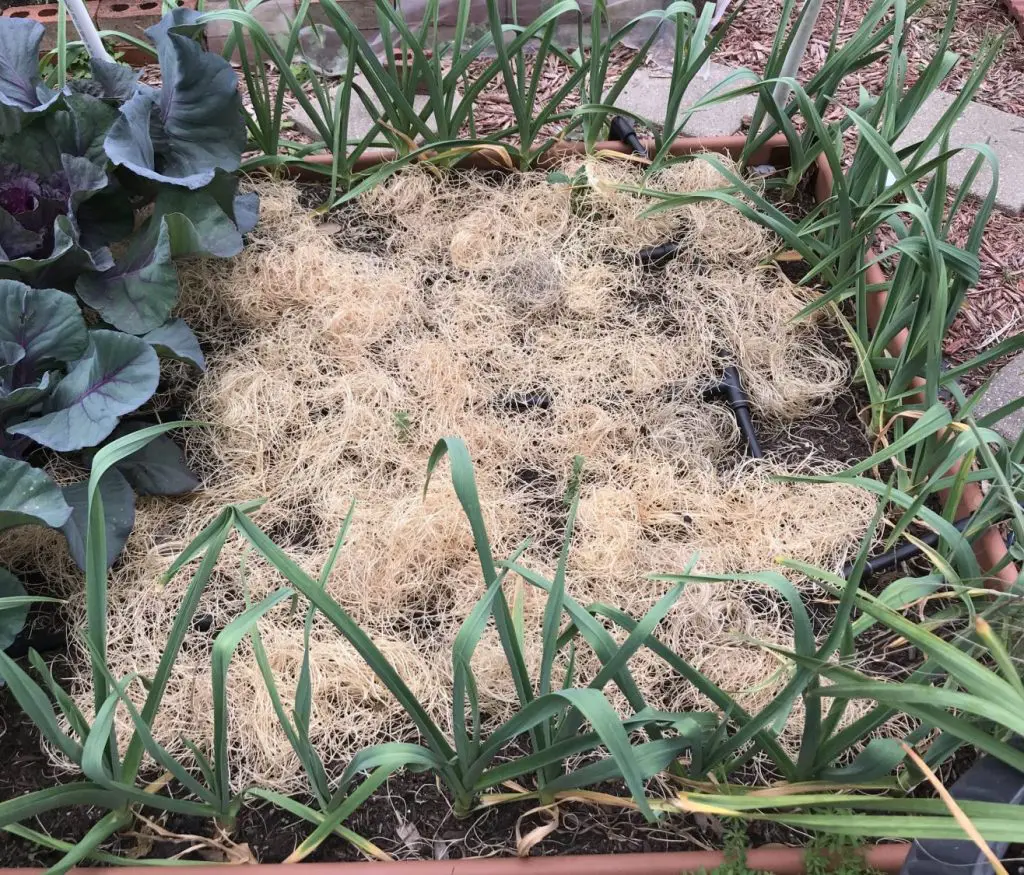
3. Add an extra layer of mulch
Adding an extra layer of mulch is recommended for dormant plants and around tree trunks. Mulch is the gardener’s friend. It’s a handy material for all growing seasons, cold and hot.
A good 3 to 5-inch layer of mulch will keep soil temperature stable preventing soil disruptions due to freeze-thaw cycles. In Central Texas, the main problem is not freeze-thaw cycles but rather the dry cold and wind. Mulch keeps moisture in the soil protecting the root systems from drying out.
Mulch could be any organic material that will cover the bare soil surrounding the plants. Avoid colored bark or shredded wood from treated lumber. The chemicals used to treat them can easily leach into your crops through the water. Instead, you can use collected fall leaves, weed-free straw, tree bark, or pine needles.
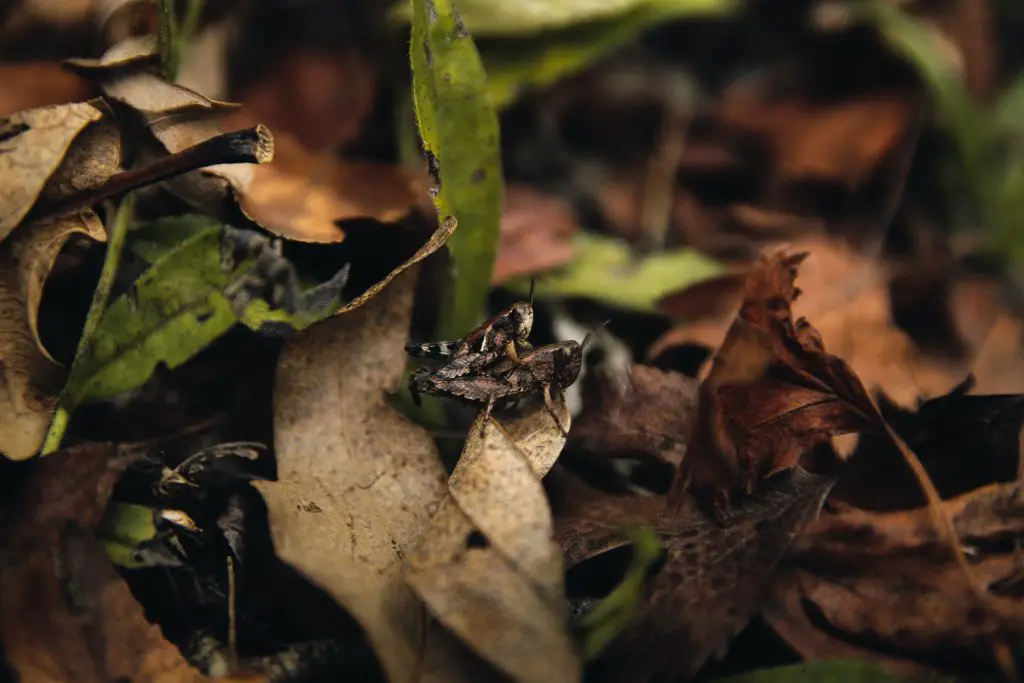
4. Hold off on grooming your perennials
We tend to clean up our gardens too soon for aesthetics. But keeping the bare limbs and unsightly brown leaves over the winter has benefits. First, it provides shelter for wildlife to hide and stay safe during severe weather. Second, it protects the plants’ root system from freezing by creating a barrier.
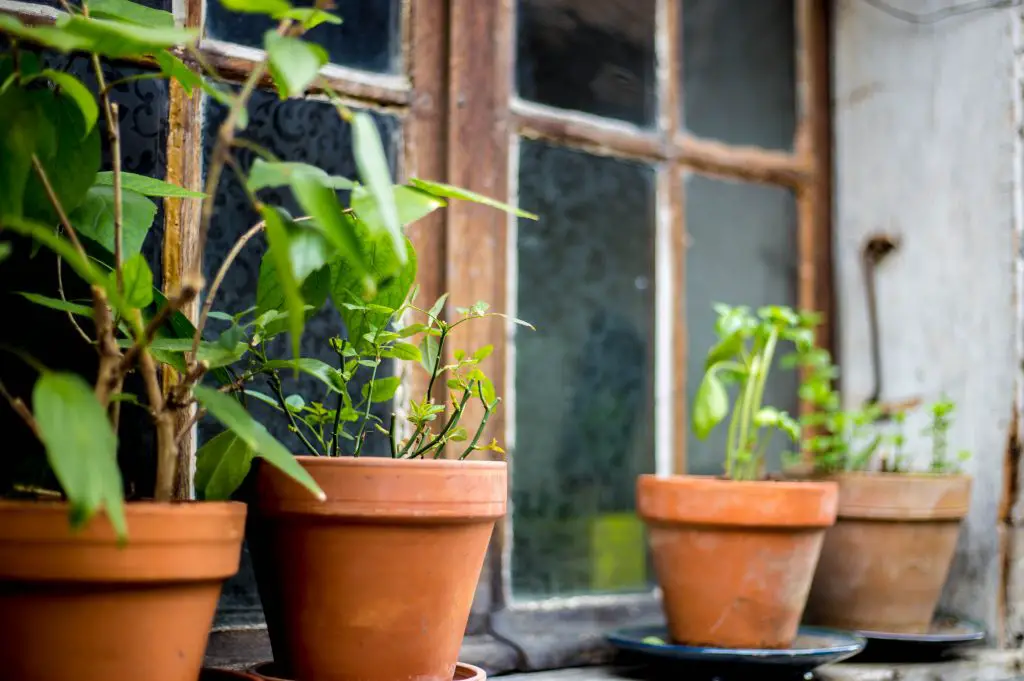
5. Protect potted plants
Most pots will do well in the cold season except for stone or clay pots. Their porosity and ability to retain moisture causes them to crack when water molecules expand and shrink due to temperature fluctuations. This constant change in size can cause the pots to crack and eventually break.
Having plants in containers exposes their root systems to the elements more than the inground plants. If the pot is easy to handle, it is best to bring it indoors during a hard freeze. If the container is too heavy to move, the solution is to water thoroughly and cover top to bottom.

6. Bring citrus trees indoors
Growing citrus trees in Central Texas, especially lemons, is very tricky. This region is indeed warm, but at the same time, it gets some dangerous cold snaps that can devastate crops. Grow citrus trees in planters that are easy to move indoors when needed.
One important measure is to avoid placing trees near a vent or a heat source. Direct heat will turn the air around the tree dry and may lead to foliage burn and loss. It also dries out the soil fast, which will require you to water more frequently.
Texas A&M Agrilife extension provides plenty of information on growing citrus trees in Central Texas. You can learn more about it over here.

7. LED lights for heavy potted plants
Use outdoor LED lights under the covers to provide some warmth. This trick is handy for tropical plants that can not handle any level of cold. However, it is essential to use LED lights to prevent foliage burn and fires.
LED lights are physically cooler than regular light bulbs. But they do provide enough heat when used alongside the row cover.
